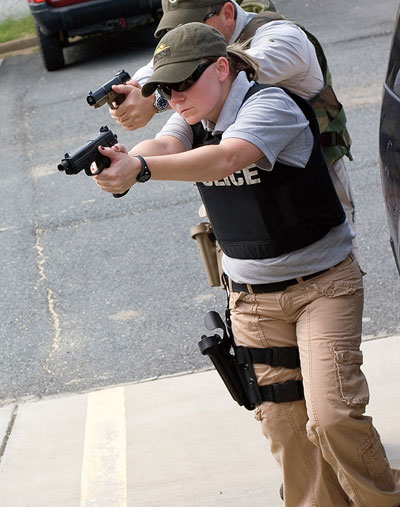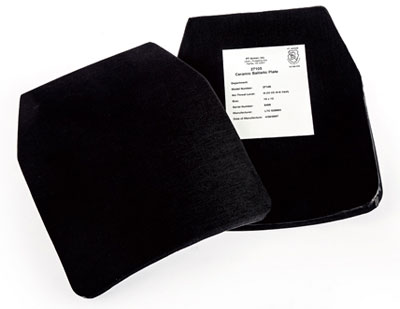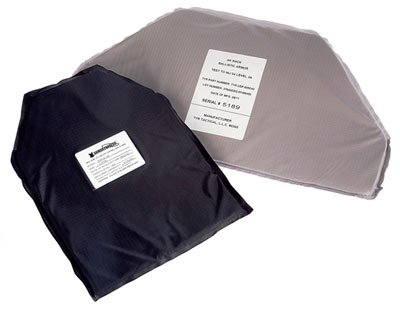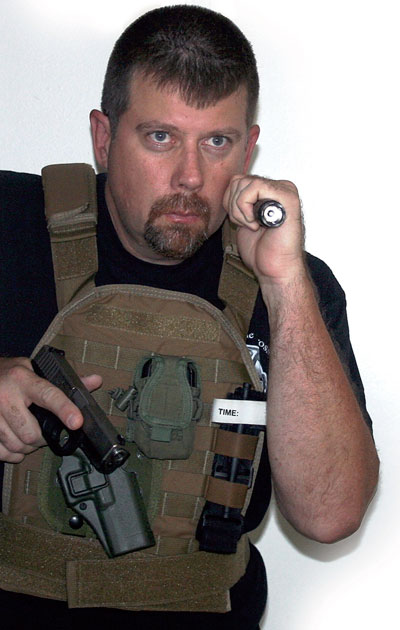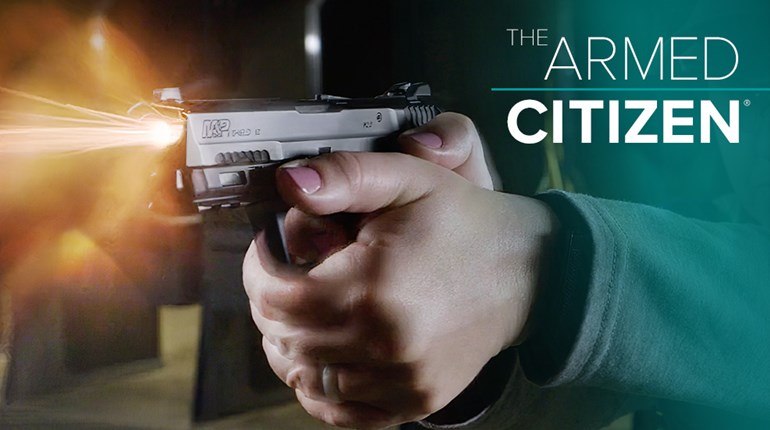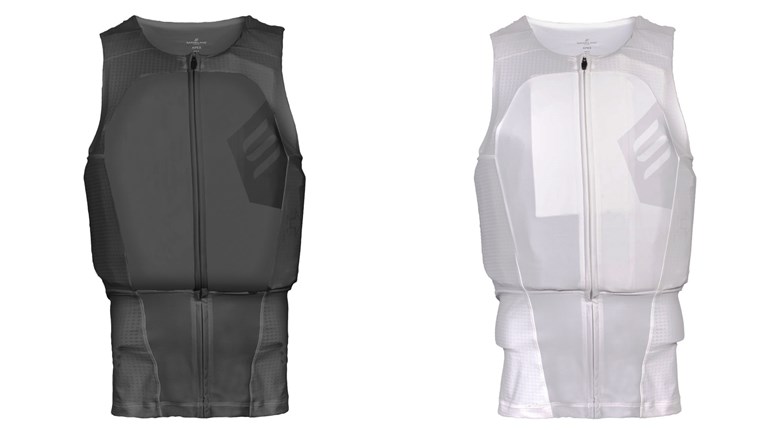
It's hard enough convincing citizens it is indeed a valid idea to carry a concealed firearm for personal protection against an unforeseen threat. Mention the use of body armor, and the wailing truly begins. "A bullet-proof vest! Just how paranoid are you?" was one question I heard. "I don't ever plan to be in a position where I'd need body armor," was another.
Yes, it is true: Unless you are in a profession requiring you to move toward the sound of gunfire, you don't ever "plan" to be in a gunfight. Nonetheless, the choice is rarely up to you. I don't plan to be in a car crash, but I still pay for automobile insurance and I wear my seat belt.
Armor Sucks
If you are one of the millions of citizens who own and carry a firearm for personal protection, you've likely accepted the fact that bad things can and do happen to good people. You've adjusted your manner of dress and lifestyle to accommodate toting your chosen type of hardware. Carrying a gun every day definitely takes some adjustment.
As someone who has worn armor, both concealed and external, for more than 25 years, I can tell you one thing: wearing armor sucks. Armor makes you sweat, even in cold weather. It's heavy and constantly rubs you the wrong way. Granted, it doesn't suck as bad as it did when I was a Marine private or a rookie police officer. Armor technology and carriers have definitely improved over the last couple of decades.
Comfort, however, is relative. When I was with the 6th Marines laying in a shallow ditch with artillery shells screaming overhead and incoming mortars exploding far too closely, my flak jacket and helmet were pretty darn comforting. Later in life, while searching a darkened building for possible suspects, I felt a bit more comfort knowing my Level IIIA armor vest with a hard plate covering my heart was under my polyester uniform shirt. Armor, like insurance or your gun, is an item you are glad to have just in case things don't go your way.
A Real Need?
I can think of myriad reasons why a citizen might want the extra bit of comfort soft body armor provides. Any merchant who deals in cash or valuables, like gold or jewelry, is by profession in a precarious occupation. A home invasion where police are 15 minutes away and gang-bangers are seconds from coming in your front door is likewise unpleasant. We also have the ugly, but very realistic, scenarios of civil unrest after a storm, riot, etc.
We can't always predict what tomorrow might bring. It's easy to talk yourself out of being prepared to face evil, because evil isn't always in your face. However, evil is always present, like it or not.
Hard vs. Soft
First of all, there is no such thing as a "bulletproof" vest. For every type and style of armor available, there is a projectile capable of penetrating it. However, there are multiple levels or layers of bullet-resistant armor as tested and rated by the National Institute of Justice. Types IIA, II and IIIA are the most common designed for civilians.
What is more important is to discuss what options are available to civilians. When it comes to wearable armor, you have hard and soft, as well as concealable and external. Soft body armor is generally a panel of some shape made from a pliable, flexible material. DuPont's Kevlar is the most commonly used material, though there are others.
Hard armor takes the form of inflexible plates, again, made in various shapes and sizes. The material used to make hard-armor plates varies from hardened steel covered in nylon or rubber to some type of hardened/reinforced ceramic. Hard armor is strategically placed over the front and back of the torso to shield vital organs. Soft armor, on the other hand, is relatively light and, because it is flexible, can be wrapped around a human torso.
The rub is soft armor is only capable of stopping low-velocity projectiles like handgun bullets, shotgun pellets and fragmentation from explosions. Hard armor is capable of stopping all the aforementioned threats, but it can also defeat high-velocity projectiles from rifles and shotgun slugs. Yes, there are projectiles with steel/tungsten cores that will penetrate hard armor, but let's stick to the basics here.
Concealable or External
Both hard and soft armor can be concealed or worn in covert or external carriers. The benefit of concealable armor, naturally, is that it doesn't stand out or draw attention to the wearer. The downside is it requires some effort to don and can be less than comfortable.
External armor carriers for both hard and soft armor are obvious, but also far more utilitarian. Overt carriers can be outfitted with a variety of pouches to tote myriad gear, including spare ammunition, medical supplies, a handgun, a phone or radio, etc. Overt armor carriers generally are easy to don and can be thrown on quickly in an emergency.
Which carry method is the best? It depends on your circumstance. A gold dealer walking around in the city would naturally be better served by a concealed vest. The homeowner who wants armor they can throw over their body in an emergency, however, isn't concerned about being discreet.
U.S. PALM Defender
Let's take a moment to talk about some actual hardware. U.S. Primary Armament Logistical Manufacturing (U.S. PALM) offers the Defender series of armor carriers. In the Defender line, you can choose from numerous carrier configurations. Soft-armor panels are standard, but the Defender carriers will also accept hard-armor plates.
The company sells Defender armor carriers premade with a handgun holster and magazine pouches, rifle versions with magazine pouches for the AR, AK or .308 Win., a MOLLE model with straps you can modify yourself and lastly a "Slick" carrier with no additional pouches or holsters.
What is unique about U.S. PALM and its approach is it markets the Defender to everyone, not just cops and soldiers. One of the company's ads reads, "Soft armor solutions for everyday Americans by U.S. PALM." That pretty much sums up the "Will they sell armor to citizens?" question.
Legality
Is it legal for every citizen in every state to own body armor? No. Just as firearm ownership and concealed-carry laws vary from state to state, so do regulations regarding body armor.
If you live in a state that heavily restricts your Second Amendment rights, you can feel confident the elitists in your state legislature have seen fit to restrict your ability to save your own life with soft body armor, too. Ultimately, the responsibility rests with you. Do your own research if you are unsure.
How Valuable is Your Life?
Much of the push-back from our side of the aisle when it comes to citizen ownership of soft body armor stems from the "reasonableness disease." I've been a party to conversations with gun owners where the topic of body armor came up. One person opined, "Civilians don't need that, it's best left for police and the military. I mean, how paranoid are you?"
Such a statement suggests the speaker believes three things: The life of someone in a uniform is more valuable than that of a citizen, working for a government agency bestows special rights not afforded to the citizenry and the person making the statement has no understanding of what a violent assault entails. The first two assertions should be troubling to any American. Sadly, far too many people who should be our allies have been fooled into believing the life of the "average citizen" is somehow worth less than that of someone in uniform. As a result, they accept civilians should not be allowed to own body armor.
While preparing this article, I read a story of a homeowner in Pontiac, MI, defending his pregnant wife and child from multiple felons. The online newspaper reported that sometime after 3 a.m., two armed home invaders broke into the family's house. The husband/father exchanged gunfire with the vermin and they fled.
One of the felons was wounded and arrested later at a local hospital. Three men have been charged in the crime (there was a getaway driver). However, the homeowner died as a result of gunshot wounds he received in the attack, his wife along and both children, born and unborn, escaped unharmed.
Would civilian body armor have saved his life? Would the man have had time to put it on? Perhaps, but we'll never know. This leads me to an important question: What is more important in a gunfight, shooting the bad guy or not getting shot? The answer is not getting shot.
Remember, you can win your gunfight, but still die. The whole point of personal defense is to win the gunfight and stay alive.
